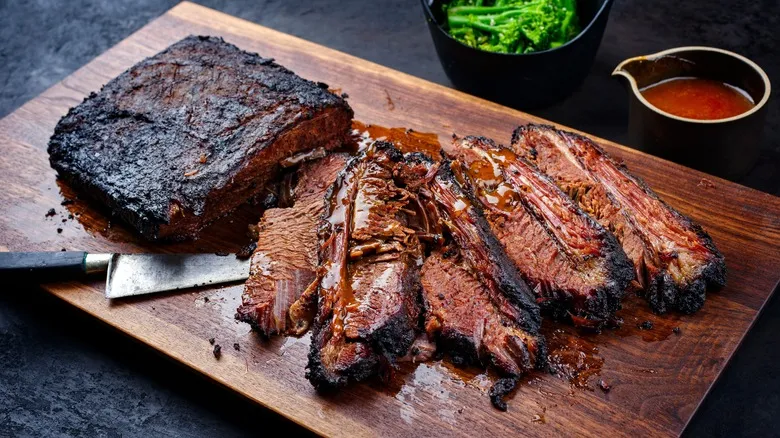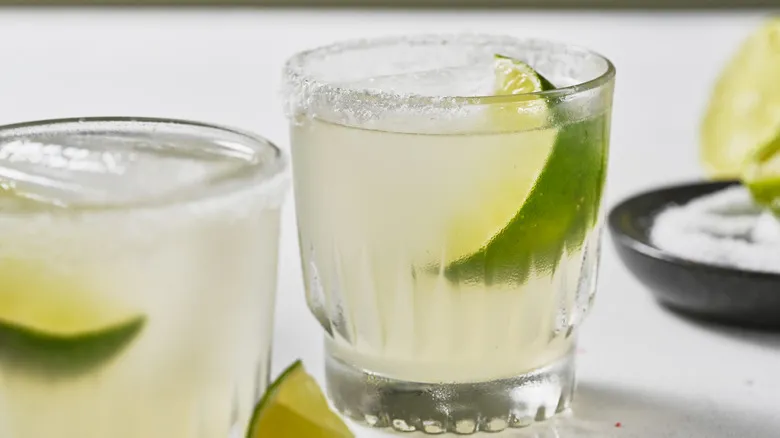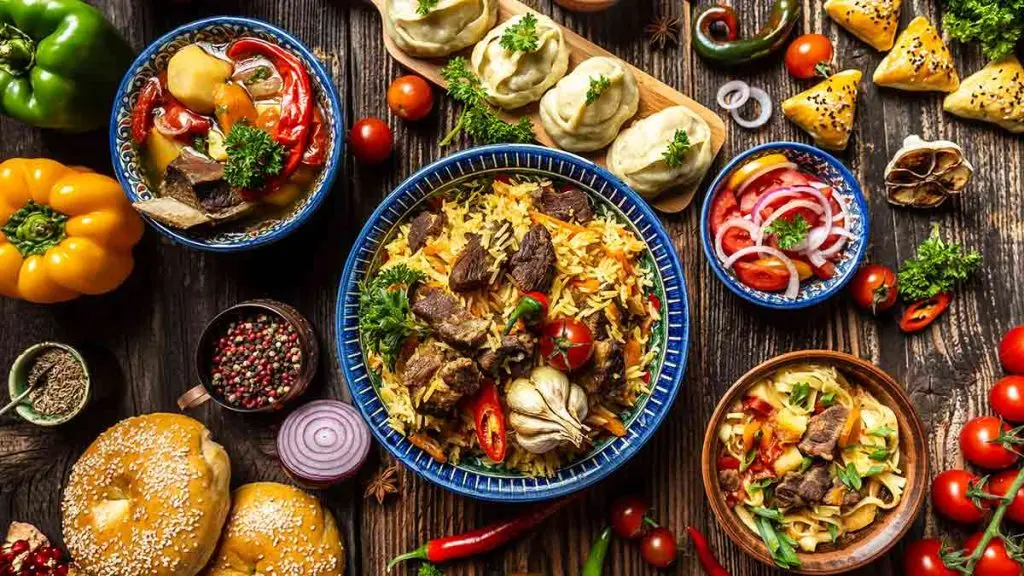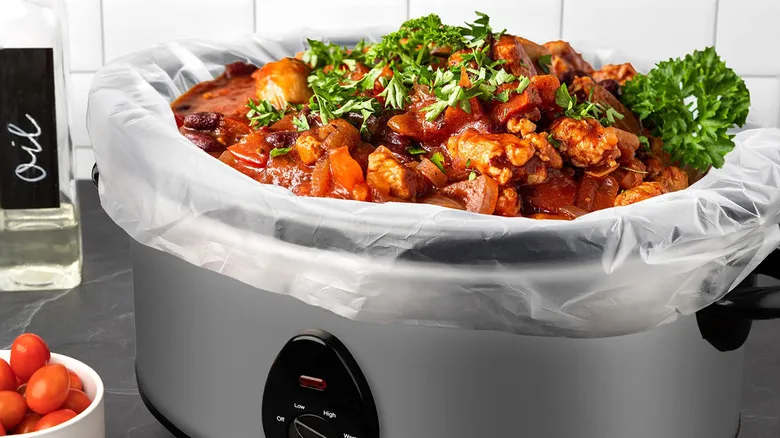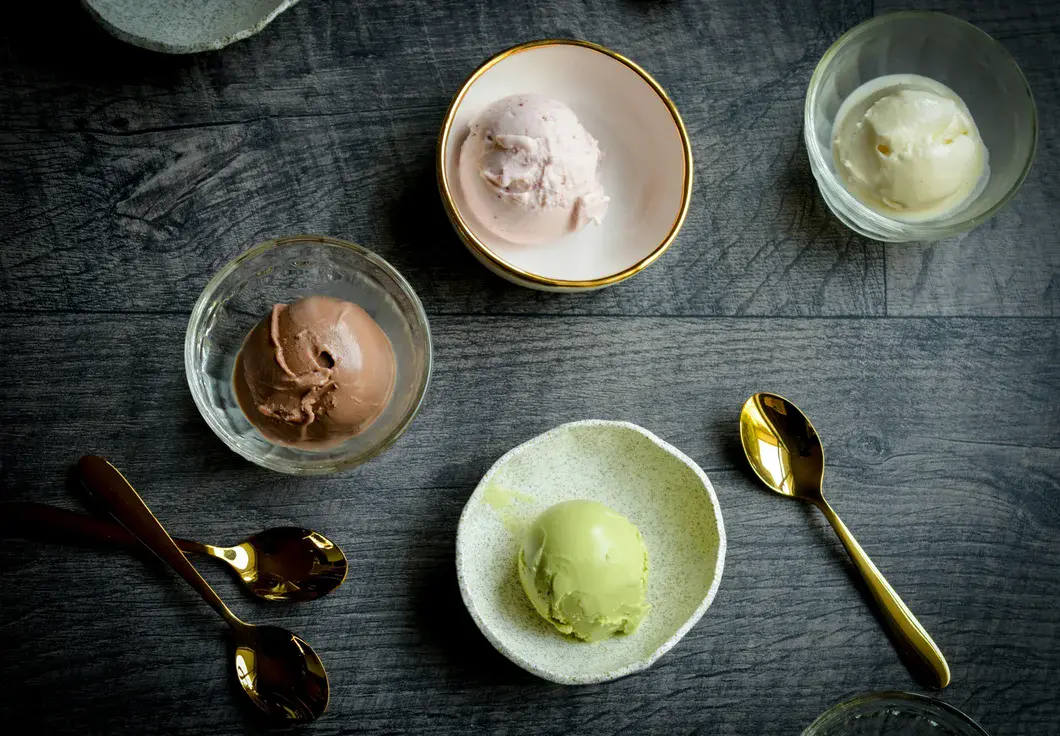Fat matters for smoked brisket
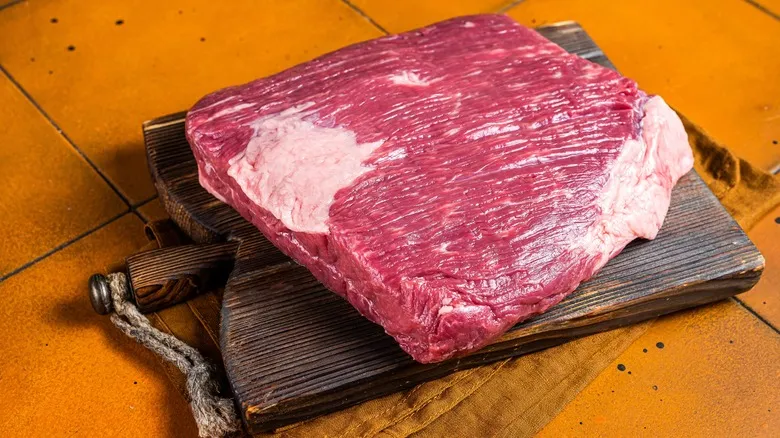
Despite its less-than-ideal reputation, fat is actually beneficial, particularly when it comes to smoked meat. It plays a crucial role in both the flavor and texture of the meat. The fat cap serves as a barrier, shielding the brisket from direct heat while slowly rendering down. This is why it's important not to trim too much fat during preparation. As it melts, the fat helps retain moisture and imparts that signature richness. This gradual rendering process is essential for achieving a tender, juicy outcome — which is why you want to avoid interrupting it with a water spritz that could cool the fat.
The debate over whether to smoke brisket fat side up or down (or even both) continues among enthusiasts. Some argue that smoking fat side up allows the fat to drip down and baste the meat, while others contend that fat side down provides better protection from direct heat. Some even recommend flipping the brisket at least once during cooking for a more balanced approach. Each method has its advantages and disadvantages, so it often comes down to experimentation or selecting what suits your smoker and cooking style best. Regardless of the method you choose, be sure to let the meat rest after cooking, and don’t be alarmed if your brisket has a pink tint when it’s done — this is likely an indication of smoke penetration and the formation of the smoke ring.
Recommended
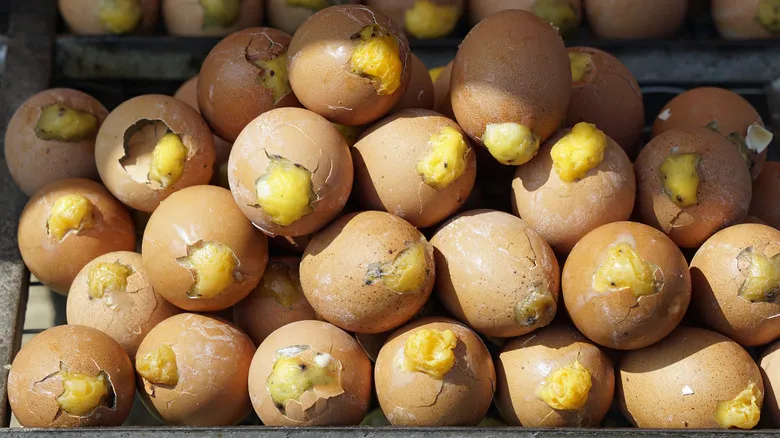
Yes, You Can Grill Eggs — Here's How
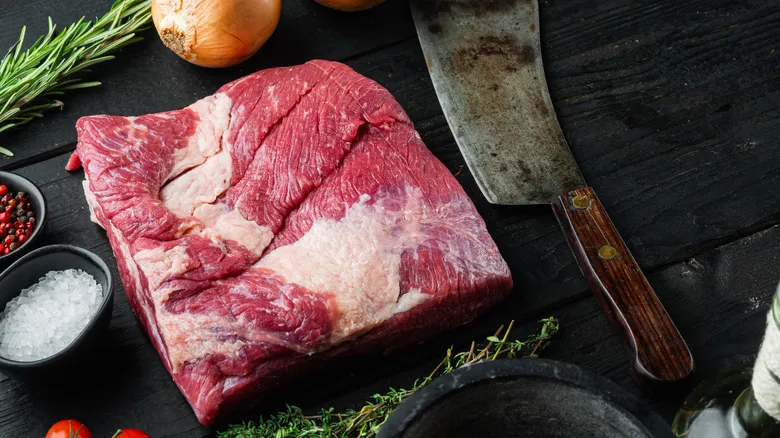
Can Someone Explain What A Deckle Of Beef Means?

Grilled Fruit Kabobs Are The Only Way We Want To Eat Fruit Salad
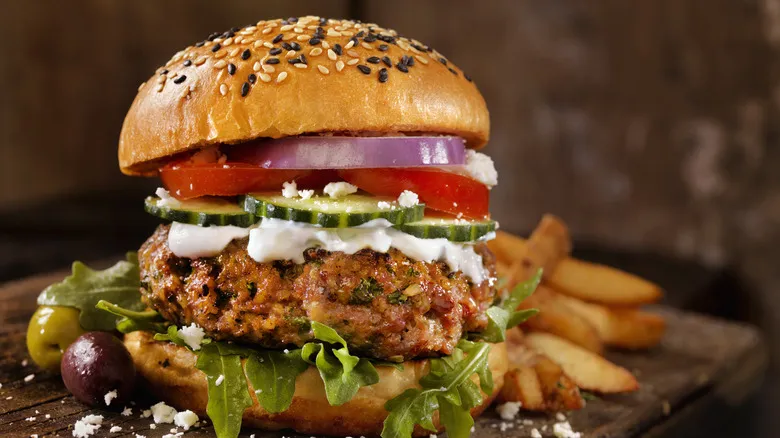
Here's How To Put A Mediterranean Spin On A Classic Hamburger
Next up

